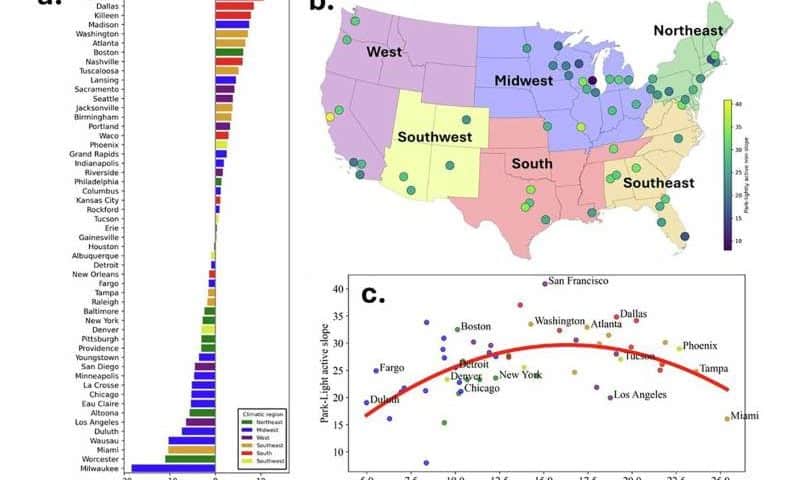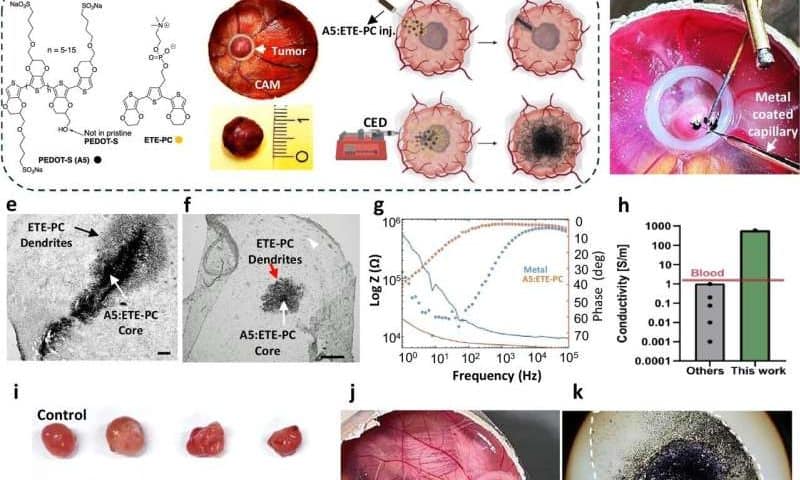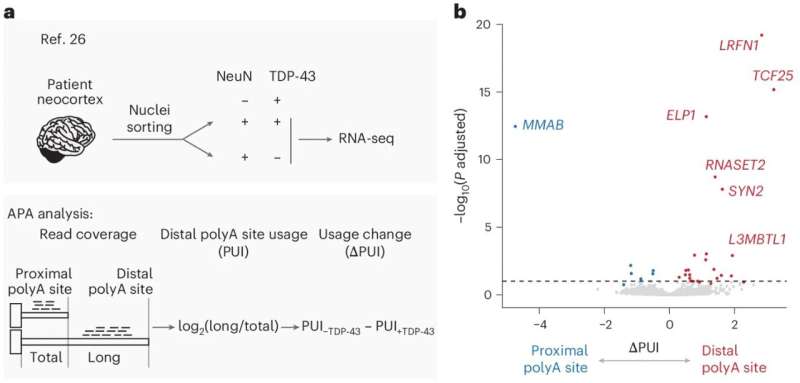Exercise slows tumor growth in mice by shifting glucose uptake to muscles
It’s well known that exercise is good for health and helps to prevent serious diseases, like cancer and heart disease, along with simply making people feel better overall. However, the molecular mechanisms responsible for preventing cancer or slowing its progression are not well understood. But, a new study, published in the Proceedings of the National Academy of Sciences, reveals how exercise can increase glucose and oxygen uptake in the skeletal and cardiac muscles, instead of allowing it to “feed” tumors.
Reduced tumor growth in exercised mice
To study how exercise-induced metabolic changes affect tumor growth, the research team injected mice with breast cancer cells and fed some of the mice a high-fat diet (HFD), consisting of 60% calories from fat, while others were fed a normal diet as a control. The HFD mice were given running wheels for exercise, although exercise was voluntary. The team used stable isotope tracer studies [U-13C6] glucose and [U-13C5] glutamine to track metabolic changes.
After 4 weeks of wheel running, the team found a significant difference in tumor sizes between mice that chose to exercise, compared to those that did not—even when they were fed the same diet.
The study authors write, “Obese mice which underwent 4 weeks of voluntary wheel running after tumor injection exhibited nearly a 60% reduction in tumor size. The exercised mice had greater lean mass and lower fat mass than their nonexercised, obese counterparts, with plasma glucose and insulin concentrations comparable to the sedentary chow fed controls.
“After a 30-min bout of acute moderate intensity (15 m/min) treadmill exercise, the exercised obese mice had higher cardiac and skeletal muscle 2-deoxyglucose uptake and reduced tumor glucose uptake.”
The researchers also analyzed exercise-induced changes in mice with a type of melanoma that is typically not exacerbated by obesity (in contrast to breast cancer). Still, after four weeks of exercise, obese mice with melanoma had significantly smaller tumor sizes, along with reductions in tumor glucose uptake and oxidation compared to the sedentary controls. These results suggest that the shift in glucose (and thus the slowing of tumor growth) is not tumor-type specific.
Some mice also underwent “prehabilitation”—exercise undertaken before tumors were introduced. Similar beneficial results were found in these mice. The study authors explain, “These observations may be due to an earlier achievement and maintenance of body composition or overall fitness (VO2 peak) with early exercise exposure.”
Exercise-induced metabolic changes
The repartitioning of glucose to cardiac and skeletal muscles instead of tumors appears to play a major role in slowing tumor growth, but there are other changes taking place, as well. The team also found 417 genes related to energy metabolism and other metabolic pathways that were expressed differently between exercised and sedentary lean mice.
The team says that a downregulation in a protein referred to as mTOR, is seen in the exercised mice and this may be helping to slow tumor growth, along with processes like shifts in the use of amino acids, which tumors have been documented to utilize.
Does exercise slow tumor growth in humans?
The team also gathered gene expression data from another study, which analyzed exercise training in women with breast cancer and a metaanalysis of skeletal muscle responses to multiple types of acute and chronic exercise. The data revealed an upregulation in the glutamine and leucine channeling genes in the muscle tissue of humans who exercise. They say that no distinct differences were observed in the expression pattern of these genes when comparing exercise intensity, which may be due to the small sample size or the limited number of analyzed genes.
So, more research is certainly required, but since metabolic pathways are similar in humans, mice, and other mammals, there is likely a similar relationship between exercise and tumor growth in humans. This would be in line with other studies indicating tumor suppression with the help of exercise in humans.
Overall, researchers remain optimistic about exercise in the role of cancer treatment in humans. A better understanding of how glucose is utilized after exercise in humans with tumors can inform prehabilitation strategies for cancer patients, help doctors integrate fitness into cancer therapies, and potentially assist researchers in identifying new therapeutic targets.
“We anticipate that this work may lay the groundwork to reveal key insights into the role of systemic adaptations to exercise in broader antitumor therapies. Further, examination of the role of fitness on the molecular pathways altered by exercise may uncover new therapeutic targets in precision oncology, particularly in patients who cannot tolerate exercise,” the study authors explain.




















